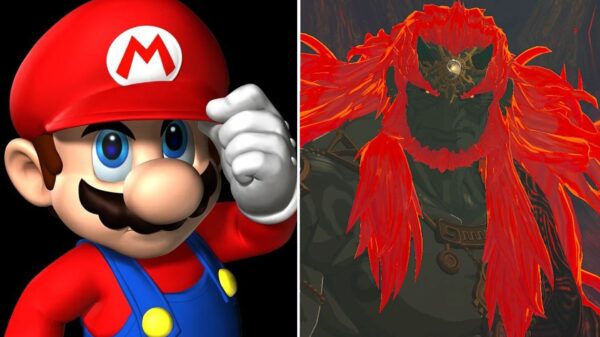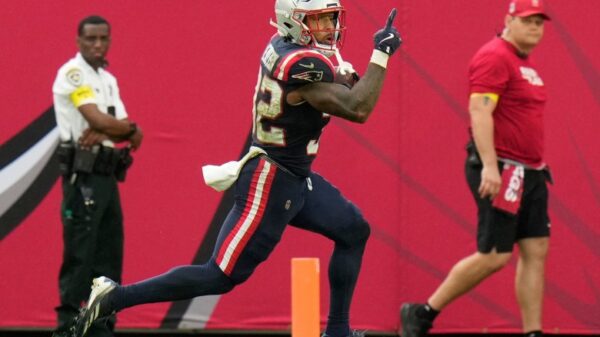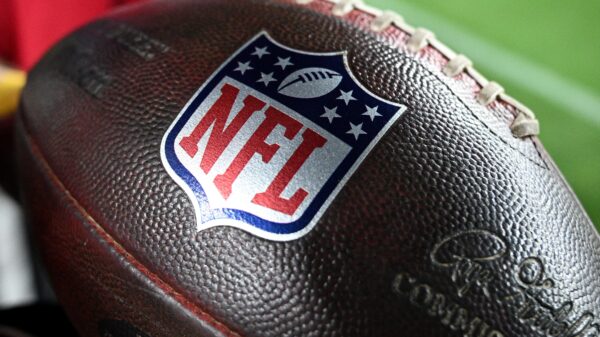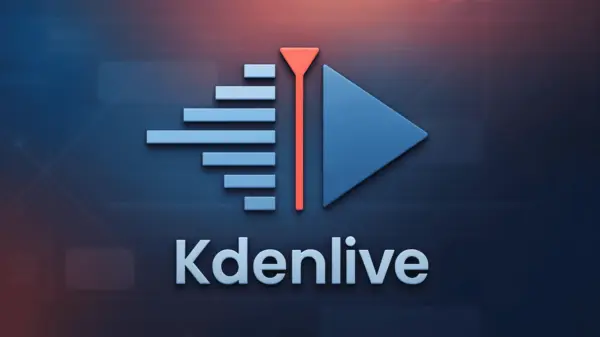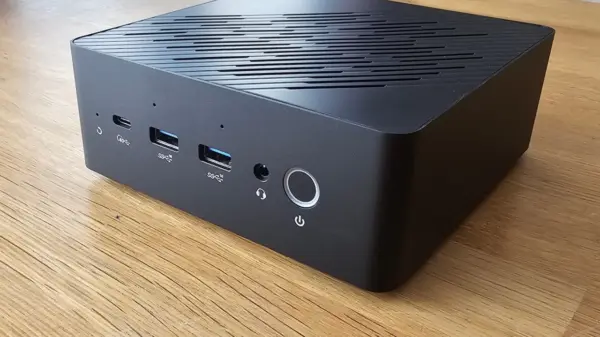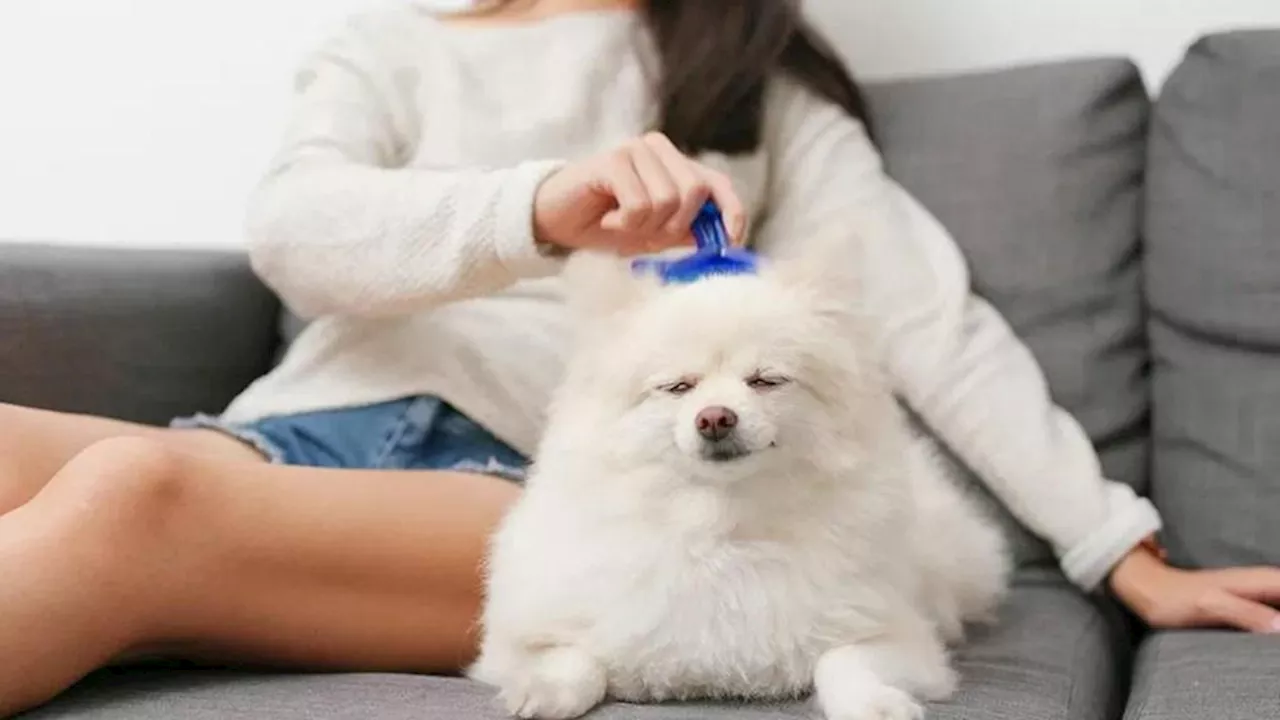Finding the right brush for your dog is essential for maintaining a healthy and tangle-free coat. Different coat types require specific grooming tools, making this choice crucial for pet owners. This guide explores various dog brush types and offers recommendations based on coat length, texture, and size, ensuring your furry friend remains comfortable and well-groomed.
Understanding Dog Coat Types
Every dog has a unique coat that influences the type of brush needed for effective grooming. Dogs with short, straight hair, such as Labrador retrievers, benefit from bristle brushes. These brushes have tightly packed bristles designed to remove loose hair and dirt effectively. For breeds with long, thick fur, like German shepherds or huskies, slicker brushes are ideal. These tools feature fine wire bristles that detangle knots and prevent matting.
Deshedding brushes are also valuable for dogs that shed heavily. These tools can penetrate the undercoat, collecting loose fur before it spreads around your home. Rubber brushes, while not traditional grooming tools, serve a dual purpose of massaging your dog’s skin and removing loose hair, making grooming a more enjoyable experience.
Choosing the Right Brush Size
When selecting a brush, size matters. A brush that is too small for a large dog can make grooming less efficient, turning it into an arduous task. Conversely, a brush that is too large for a small breed can lead to discomfort and a negative grooming experience. It is crucial to match the brush size with your pet’s dimensions to ensure effective grooming.
Regular grooming is vital for all dogs, especially those with long hair, which may require daily brushing to prevent matting. Brushes typically range in price from approximately $5 for basic models to over $30 for high-end deshedding tools. Proper maintenance of the brush, including regular cleaning to remove trapped hair, can prolong its lifespan and effectiveness.
Establishing a positive grooming routine is essential, particularly for puppies. Introducing brushing gradually and rewarding your pet with treats can make the experience enjoyable, helping them associate grooming with positive reinforcement. If your dog resists, enlisting help from another person to hold them steady while providing treats can ease the process.
Maximizing Grooming Efficiency
For those looking to reduce shedding, daily brushing is recommended. However, if time constraints exist, brushing once or twice a week can still be beneficial. Investing in a quality deshedding tool can significantly reduce loose hair, making it easier to maintain a clean home.
One notable deshedding tool features a stainless steel edge that can remove up to 90% of loose hair. It includes an ejector button for easy cleaning and an ergonomic handle for comfortable use. Although this brush is on the higher end of the price spectrum, it proves to be worthwhile for heavy shedders.
Another effective grooming option is a sturdy brush designed for various coat types. This brush utilizes wire pins that lift out dead hair without harming your pet’s skin. It also features a button for easy hair ejection, adding convenience to the grooming routine.
For a finishing touch, a rubber grooming tool can add shine to your dog’s coat. Suitable for use on dry fur or while bathing, this tool massaging the skin in a circular motion helps to remove loose hair. Most dogs enjoy the soothing sensation of the rubber brush, making it a great addition to any grooming kit.
In conclusion, selecting the right brush for your dog involves understanding their coat type and size. Regular grooming not only maintains the health of your pet’s coat but also strengthens the bond between you and your furry friend. By using the appropriate tools and techniques, you can ensure a pleasant grooming experience that keeps your dog looking and feeling its best.


